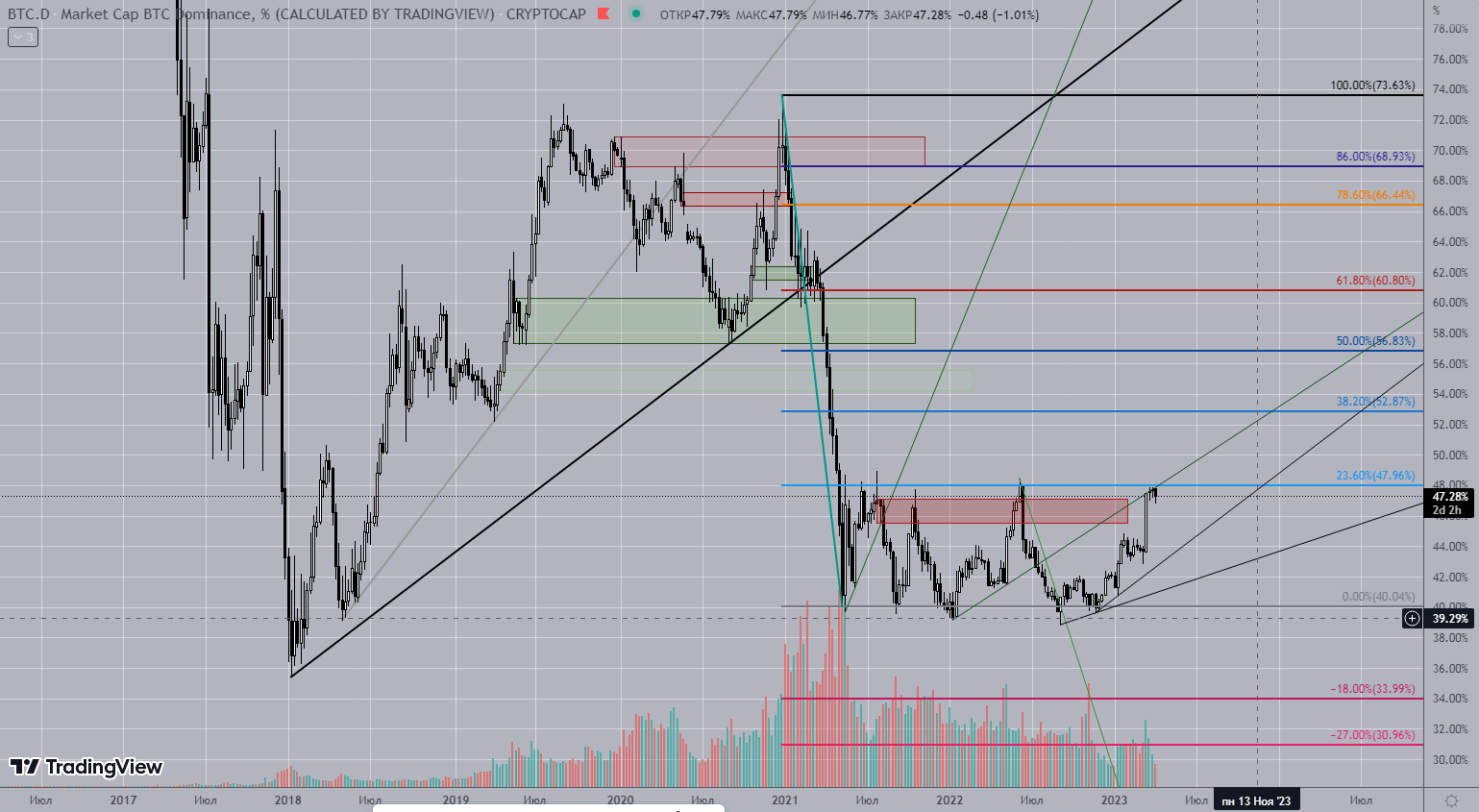Technical analysis is a method of analyzing financial markets by examining statistical trends and chart patterns in order to predict future price movements. Technical analysts believe that historical price data and market behavior can be used to identify patterns that can help predict future price movements.
The basic premise of technical analysis is that prices move in trends, and that these trends tend to repeat over time. By identifying these trends and patterns, traders can make informed decisions about when to enter or exit a market, or when to buy or sell a particular security.
Technical analysis can be used to analyze any market, including stocks, futures, currency pairs, cryptocurrencies, and more. It can also be used for different timeframes, from short-term to long-term trends.
The main tools of technical analysis include candlestick charts, line charts, indicators, and oscillators. Candlestick charts are charts that display the closing, opening, high, and low prices for a given period. These charts can be used to identify current market trends and levels of support and resistance. Line charts display only the closing price of a market and can be used to track trends.
Indicators and oscillators are used to analyze price dynamics and help traders identify potential entry and exit points in the market. Popular indicators include RSI, MACD, and Moving Averages. Oscillators are displayed relative to a zero line and can indicate overbought or oversold conditions.
Overall, technical analysis is an important tool for any trader looking to succeed in the markets. It allows traders to gather valuable information about the market and identify potential entry and exit points. However, the use of technical analysis should be carefully considered and combined with other forms of analysis to make informed trading decisions.
It's important to note that technical analysis is not a guaranteed method for predicting future price movements, and there are always risks involved with trading. It's also important to stay up-to-date with current market news and events, as these can have a significant impact on price movements.
Many traders use a combination of technical and fundamental analysis to make informed trading decisions. Fundamental analysis involves analyzing the underlying factors that influence a security's price, such as economic indicators, financial statements, and company news.
By combining technical and fundamental analysis, traders can gain a more complete understanding of market conditions and make more informed trading decisions. This can help to mitigate risks and increase the chances of success in the markets.
In conclusion, technical analysis is a powerful tool for traders looking to analyze financial markets and make informed trading decisions. By understanding market trends and patterns, traders can identify potential entry and exit points and make more informed trading decisions. However, it's important to remember that technical analysis should be used in combination with other forms of analysis and should be approached with caution. With the right approach and a deep understanding of the markets, technical analysis can be a valuable tool for traders of all levels of experience.

There are many different technical analysis strategies and approaches that traders can use, depending on their individual trading style and preferences. Some common strategies include trend following, breakout trading, and support and resistance trading.
Trend following involves identifying the direction of a market trend and making trades in the same direction. Traders using this strategy may use tools such as moving averages or trendlines to identify trends and entry and exit points.
Breakout trading involves identifying key levels of support and resistance and making trades when the price breaks through these levels. This strategy can be useful in markets with significant price volatility.
Support and resistance trading involves identifying levels at which the price has previously reversed direction and making trades when the price approaches these levels. This strategy can be used in markets with more stable price movements.
It's important for traders to develop a trading plan that aligns with their individual goals and risk tolerance. This plan should include a clear strategy for entering and exiting trades, as well as a risk management plan to limit losses.
In addition to technical analysis, traders should also consider factors such as market news, economic indicators, and geopolitical events when making trading decisions. By staying informed and keeping up-to-date with market conditions, traders can make more informed and successful trading decisions.
In conclusion, technical analysis is a valuable tool for traders looking to analyze financial markets and make informed trading decisions. By understanding market trends and patterns, traders can identify potential entry and exit points and make more informed trading decisions. However, it's important to remember that technical analysis should be used in combination with other forms of analysis and should be approached with caution. With the right approach and a deep understanding of the markets, technical analysis can be a powerful tool for traders of all levels of experience.